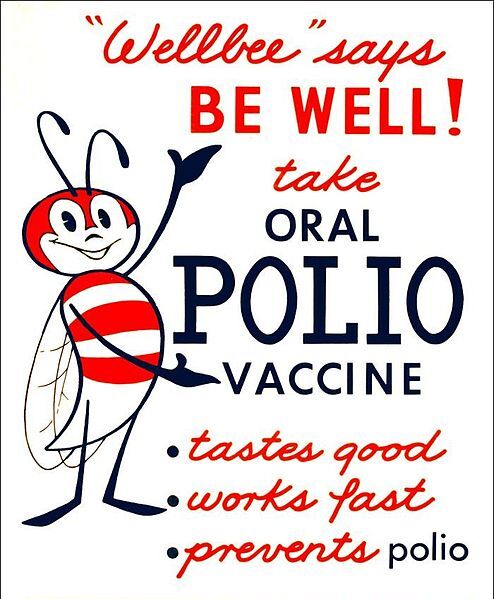Post-Eradication
Though smallpox has been eradicated, stocks of the virus still exist in two laboratories in the USA and Russia for further research. 9/11 and the 2001 anthrax attacks spurred fears that somewhere clandestine stores of the smallpox virus may be kept in anticipation of a release. This had led to the development of new vaccines and treatments against smallpox in the case of an accidental or purposeful release of the virus, or a mutation that causes a virus very similar to smallpox.
The eradication of smallpox has had some unintended consequences. Mainly, smallpox is an orthopoxvirus (a genus of pox viruses that all closely resemble smallpox), and other such viruses still exist in the wild. Immunity to smallpox often grants immunity to other orthopoxviruses, and without smallpox circulation or any routine vaccinations for it, humans are more susceptible to diseases we may not have fallen ill to before. Monkeypox has now become a problem in some countries, and though significantly less fatal than smallpox, some scientists still worry it (or a similar disease) may eventually mutate to fill the niche left by smallpox.
The eradication of smallpox has given hope to other eradication campaigns - like those for malaria and polio - and lessons learnt from the smallpox eradication program can be applied to current programs to help them achieve their goals.
However, among eradication efforts, smallpox was somewhat unique and factors specific to the virus and its treatment aided the effort. First, technological innovations in vaccination made it easier to perform the procedure widely. The Dryvax vaccine was inexpensive and freeze-dried, so it could be stored at room temperature, making distribution of the vaccine easier and less logistically challenging. It could also be injected using the bifurcated needle, which was designed to always collect and disperse the proper amount of vaccine, meaning administering the vaccine was easy and reliably consistent.
Second, smallpox could be easily diagnosed. The disease produced a distinctive rash that could be identified even by nonprofessional civilians, enabling the construction of surveillance networks in which everyday people could flag outbreaks. Third, smallpox was only endemic among humans and never resulted in asymptomatic cases. In other words, smallpox could not "hide" from health officials. If people in a community were infected with smallpox, the locals would know, unlike with other diseases like polio, which could sneak under the radar by only occasionally resulting in identifiable cases.
Thus, despite being able to learn lessons from the eradication of smallpox, campaigns for the eradication of malaria, which is spread by mosquitoes, and polio, which results in many mild cases that are difficult to identify, will have their own struggles and challenges in the journey to eradication. Still, the biggest piece of knowledge gained from the program to eradicate smallpox is that diseases can be eradicated. And if we can do it once, we can do it again.
"The global eradication of smallpox, certified in 1979, is a unique achievement in the history of international cooperation. Every previous attempt to eradicate disease failed. Even when compared with international cooperation in other areas, smallpox stands out as an exception. With a benefit-cost ratio of over 400:1, the international effort to eradicate smallpox was probably the best collective investment the world ever made." (Barrett, 2007)




